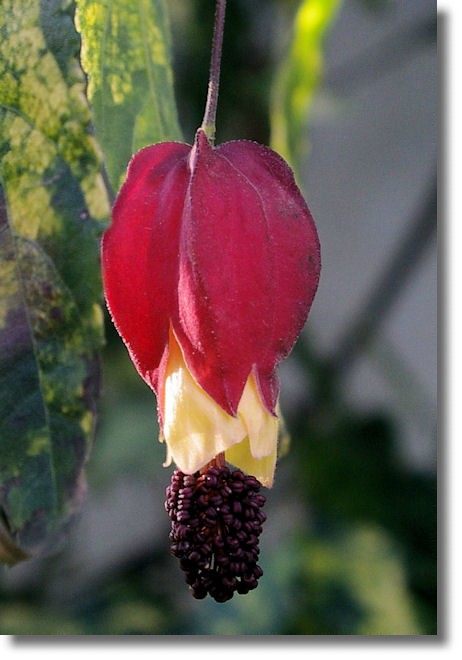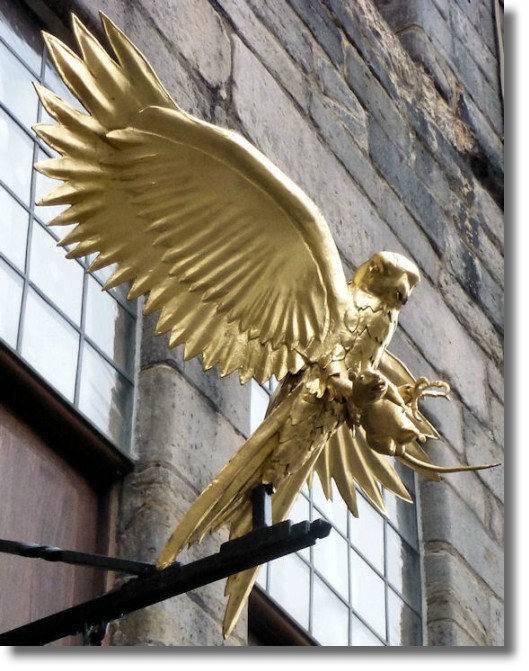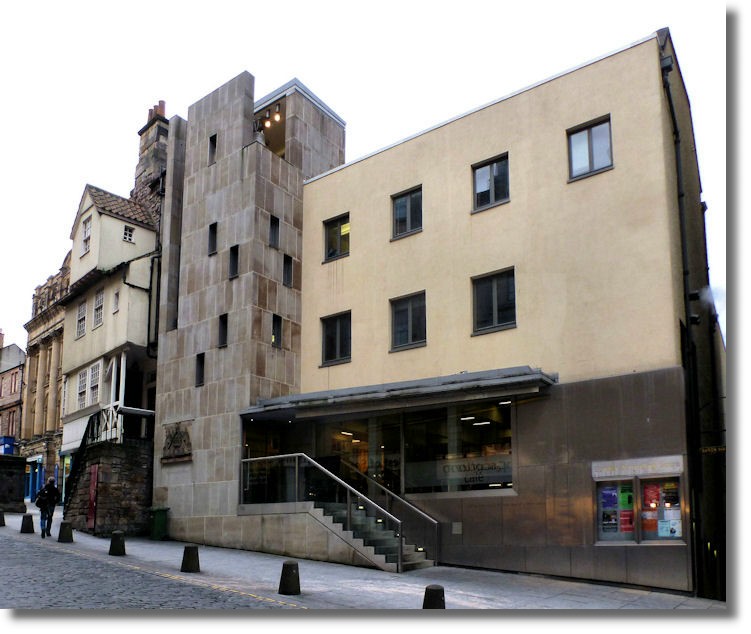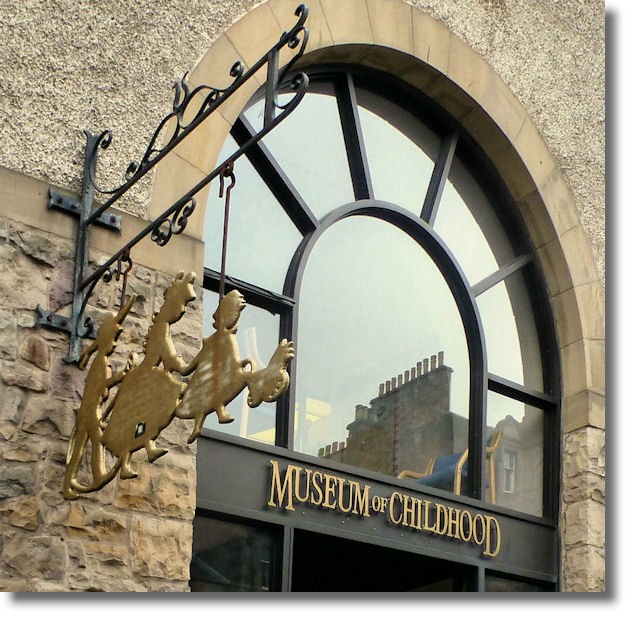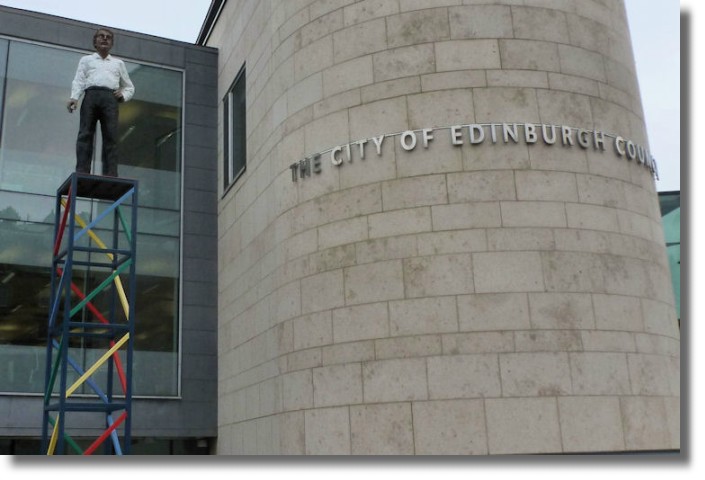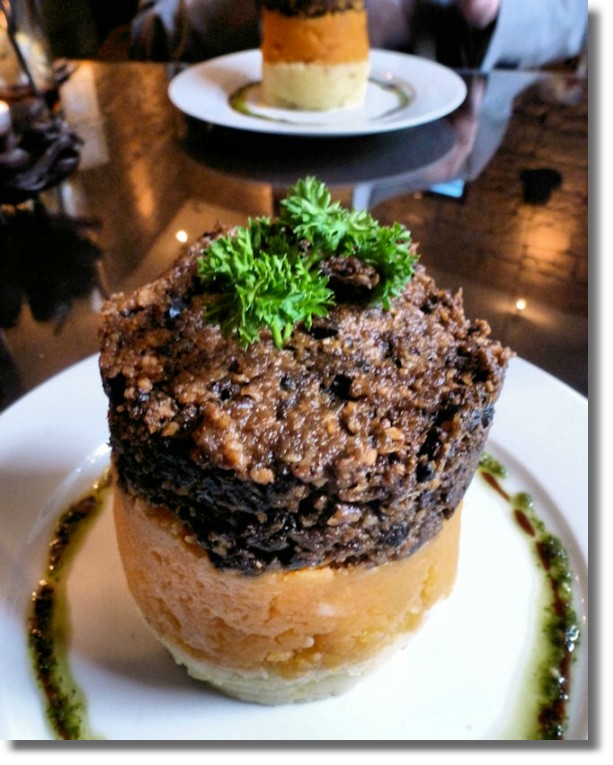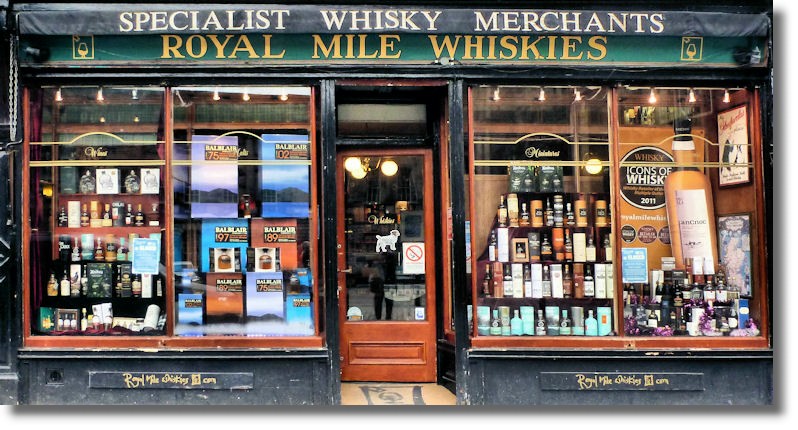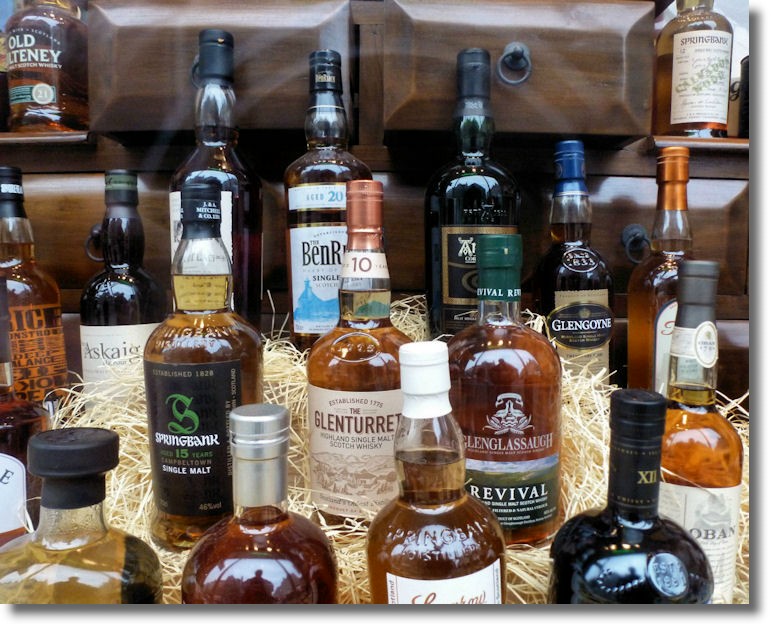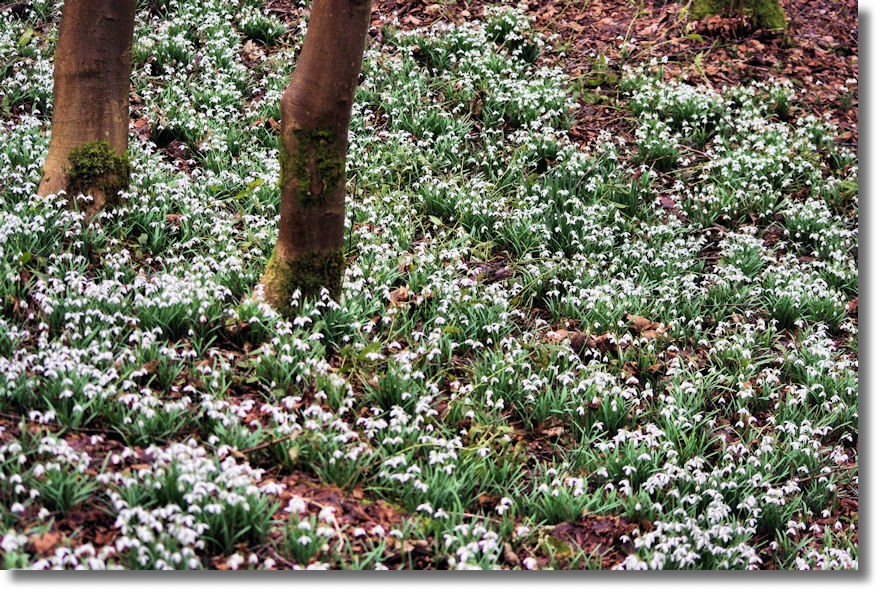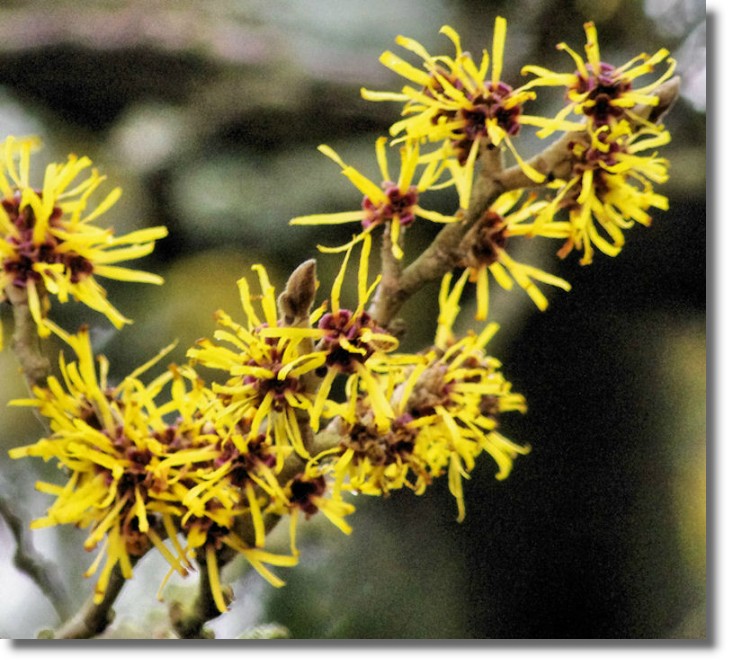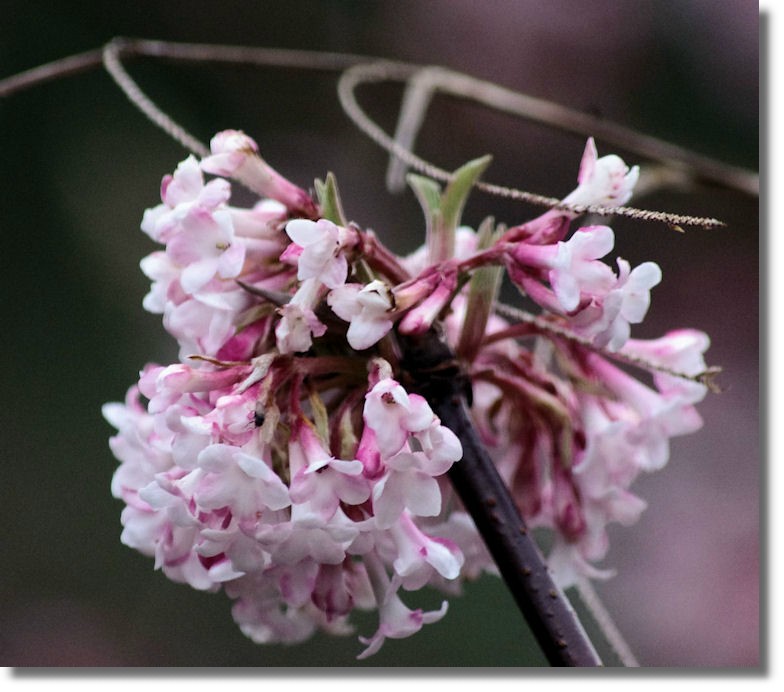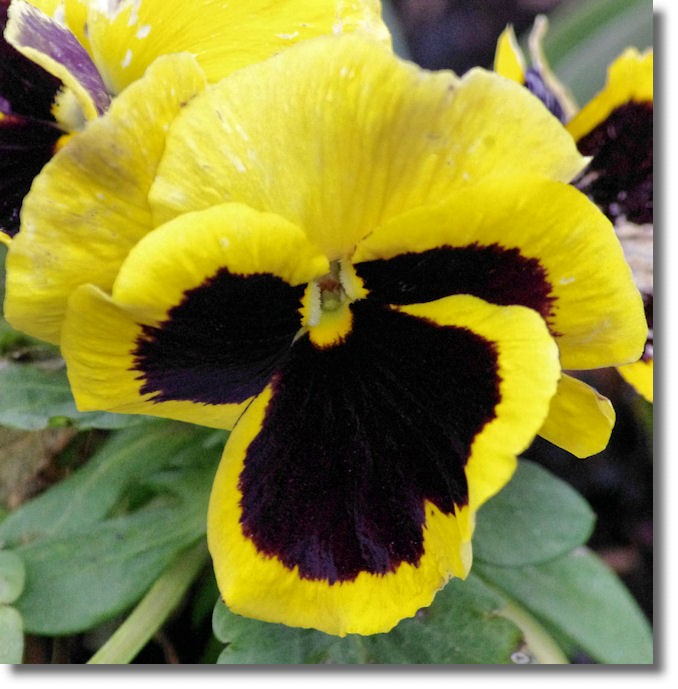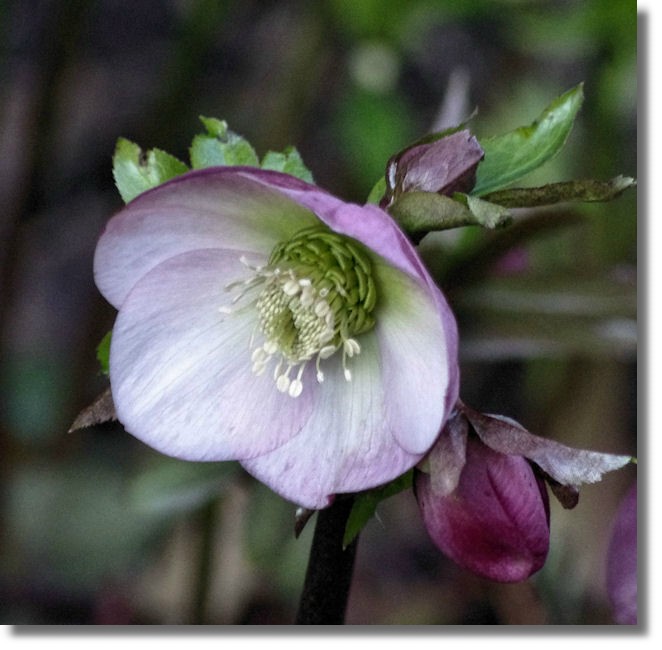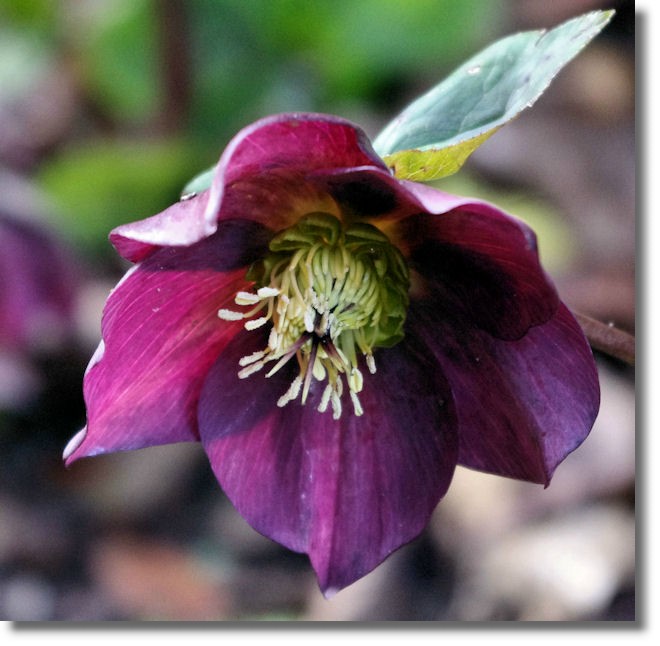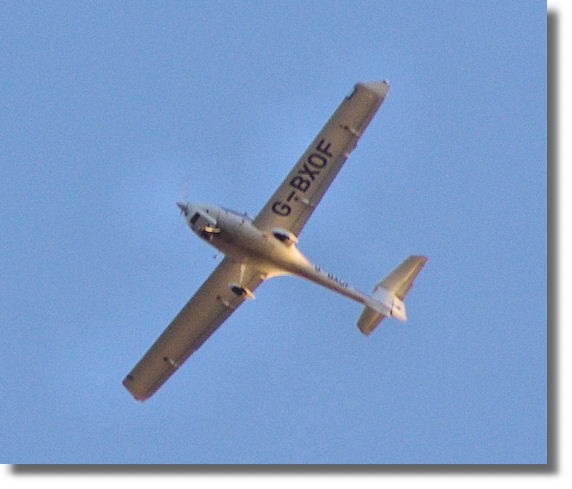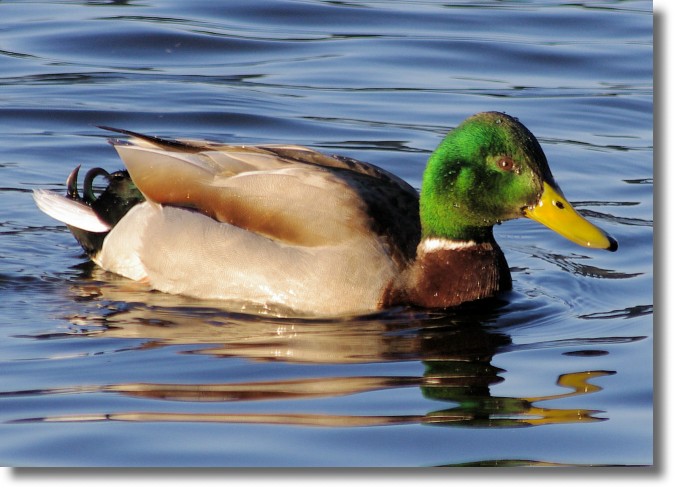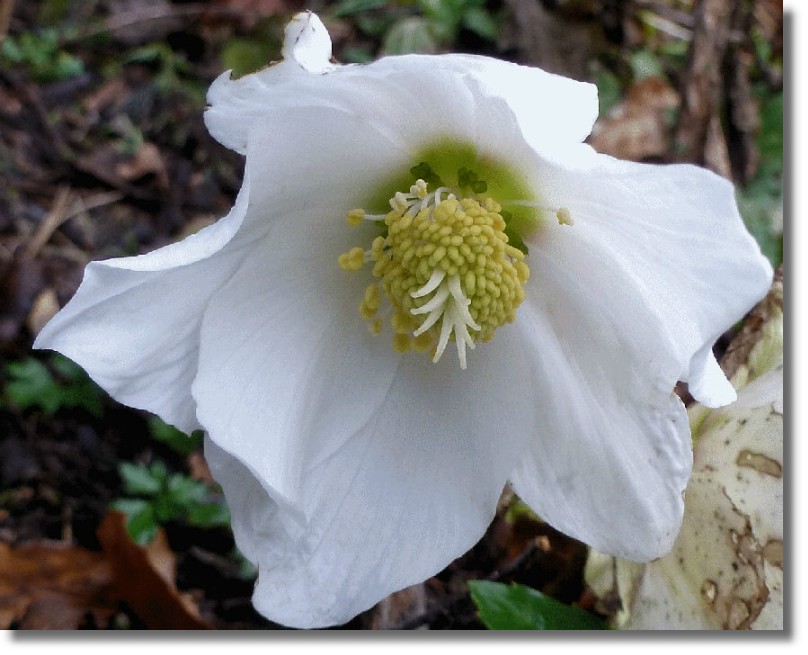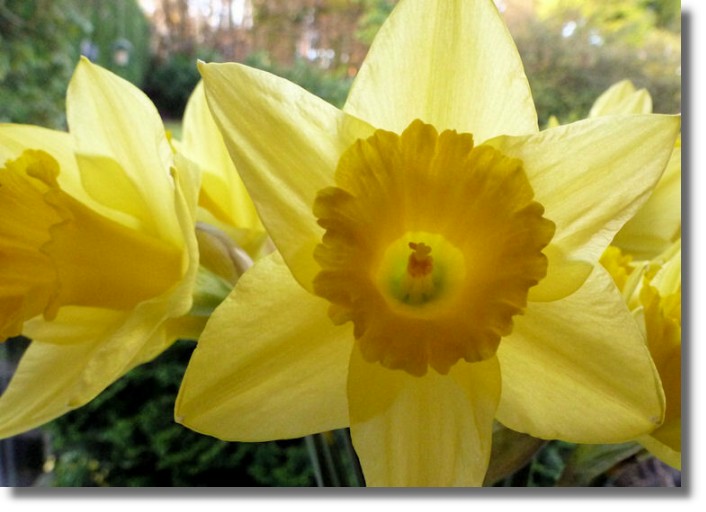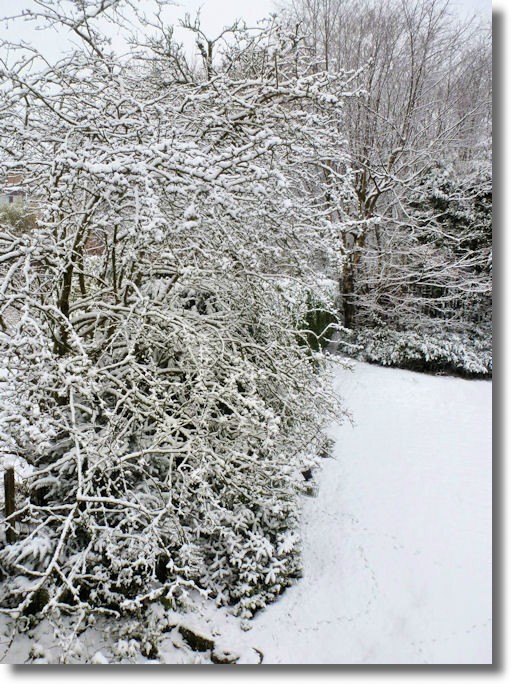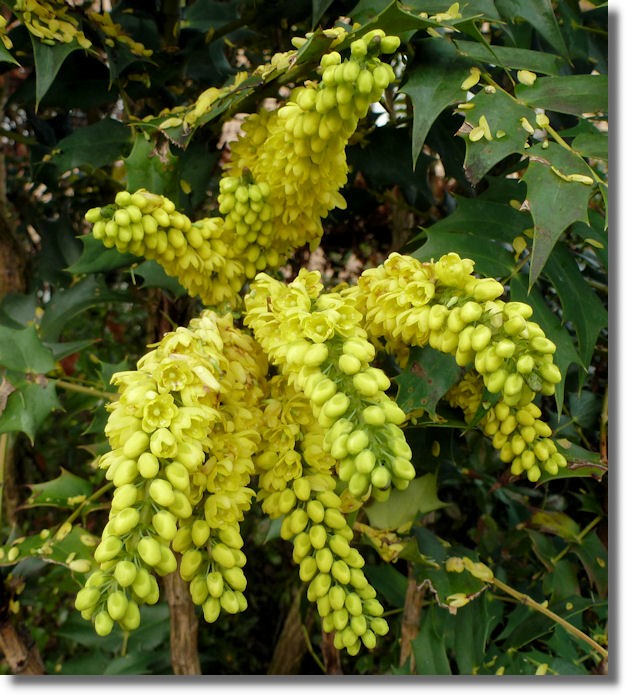Scottie's Monthly Photo Diary
- January and February 2013
Background
I never go anywhere in Scotland without my camera and I take photographs wherever I go. Sometimes I go somewhere specifically to take photographs with a view to adding another page to the Rampant Scotland site. On other occasions I just see something that makes an attractive picture or else it's another graphic to add to the library to perhaps use on a future occasion. This is a selection of the best photographs I took in January 2013 with a commentary on each one. And these days I also take short video films to record the "wider picture." All of these thus forms a pictorial diary of my travels during the month which can be shared by everyone!
Edinburgh
This is the gilt-copper hawk with outstretched wings which hangs outside "Gladstone's Land" which was originally built in 1550. The land had been bought and redeveloped in 1617 by a prosperous Edinburgh merchant and burgess Thomas Gledstanes. As was common at that time, he let out parts of the building to a variety of tenants of different social classes. The cramped conditions of the Old Town, and the physical size of building plot, meant that houses on the Royal Mile could only be extended in depth or in height. As a result, the house is six storeys tall. In the 1930a the building was about to be demolished but was bought by the National Trust for Scotland who restored the first two floors, allowing an insight into varieties of Edinburgh life of the 17th century, including original renaissance painted ceilings, with open fires, but no running water, and period decoration and furniture. At ground level, there is an arcade frontage and reconstructed shop booth, complete with replicas of 17th century wares. The hanging sign (pictured above) with the date 1617 is not original, but it does refer to the name "Gledstone" which is derived from the Scots word "gled" meaning a hawk.
Although the recent feature on Edinburgh's Royal Mile was extensive, there were a few graphics that were omitted in that video, including the new "Scottish Story Telling Centre". It is the headquarters of a "Scottish Storytelling Network" and incorporates the old "John Knox House" and the 99-seat Netherbow Theatre. The "Storytelling Court" is open to the public, and includes a free child-friendly exhibition, "Scotland's Stories", as well as a programme of temporary displays.
The Edinburgh Museum of Childhood claims to be the first museum in the world dedicated to the history of childhood. It displays toys and games from across the generations and also explores other aspects of growing up, from schooldays and clubs to clothing, health and holidays. There is a motley collection of teddies, dolls, trains and pedal cars and a recreated Victorian street complete with outdoor toys. Children can even get hands-on with dressing up costumes and games. Toys on display span the 18th to 21st centuries with a large collections of toys, games, crafts and hobby items, from tea sets to Meccano construction sets. No photography is allowed inside the museum, however.
This sculpture of an ordinary man on top of a colourful scaffold tower is entitled "Everyman" and stands outside Edinburgh City Council Offices in East Market Street. It is by artist Stephan Balkenhol who was inspired by Pop Art and was particularly interested in how those artists, such as Andy Warhol, treated the human figure, presenting something that is completely ordinary and familiar as a work of art. In this case, it is said that the sculpture of an unremarkable man is turned from simple anonymity into something far more enigmatic.
While in Edinburgh I had lunch with a friend in a restaurant that I had not been to before - Arcade Bar, Haggis & Whisky House in Cockburn Street, just off the Royal Mile. As its name implies, its specialities were haggis and whisky. As you can see, while the haggis "neeps and tatties" (mashed/creamed turnip and potato) were traditional, the presentation was eye-catchingly different! And it tasted as good as it looks too! Before you ask, no, I didn't sample the whiskies in the bar!
The Royal Mile has more than its fair share of shops selling tourist souvenirs - and what could be more appropriate as a souvenir of Scotland than a selection of local produce such as whisky? The Royal Mile Whisky Shop was selling a wide variety of Scotland's national drink and nobody walking past could miss it!
Another whisky shop further down the Royal Mile was a bit less flamboyant in its presentation of its wares but even so managed an eclectic selection of bottles from around Scotland!
Finlaystone Country Estate
Every year, Finlaystone's snowdrops create an eye-catching display at this time of year. Drifts of snowdrops appear in a woodland setting with the sound of waterfalls and burns creating a wonderful background as visitors wander along the pathways that wend between the trees.
Even a photo such as this does not do justice to the scene in the woods with its drifts of snowdrops and the sound of the waterfalls nearby. So I've added a video to the Rampant Scotland collection on YouTube.
Hamamelis is a flowering plants which is also known as Witch Hazel. There are three species of hamamelis with one from North America and others from Japan and China. The variety found mainly in UK gardens is the Chinese Hamamelis mollis. The North American species are occasionally called winterbloom. The name Hamamelis refers to the simultaneous occurrence of flowers with the maturing fruit from the previous year. Quite apart from its oddly shaped flowers Hamamelis is popular as it produces its flowers very early in the year when there is little colour in our gardens.
This is one of the many varieties of Viburnum grown in our gardens and this one comes originally from Korea - "Viburnum carlesii Aurora" has large clusters of very fragrant tubular flowers, white to pink-blushed white, produced in mid- to late spring. The bush can grow to an impressive 8 feet tall and wide.
Pansies used to be regarded as summer bedding plants but these days the plant specialists have developed varieties that can survive and continue to flower in the winter. This one was in a sheltered spot at Finlaystone - I have to admit that my attempts at growing these winter flowering pansies have never been very successful!
Culzean Castle Country Park
I've never visited Culzean Country Park so early in the year and indeed there were not a lot of flowers to see and I cheated a bit with this Abutilon Megapotamicum Variegatum since it was photographed in a heated greenhouse! This shrub is a native of Argentina, Brazil and Uruguay and it grows to over six feet tall. The flowers are orange-yellow with a red base, with five petals about 1½ inches (4 cm) long. It apparently a popular ornamental plant in subtropical gardens but definitely needs a heated greenhouse in Scotland!
Helleborus, particularly the pure white version, on the other hand, is often called ""Christmas rose" (though it is not related to the rose bush). It is a native to much of Europe, from western Great Britain to Turkey. The flowers have five "petals" (actually sepals) surrounding a ring of small, cup-like "nectaries" (petals modified to hold nectar). These plants usually bloom between December and March and do well in shaded areas of the garden.
At Culzean, the Helleborus plants were all grouped in a shaded corner of the walled garden and the different varieties of colour they produce was seen to good effect.
As regular readers of these photo diaries will know, I enjoy taking photographs of aircraft and will point the camera upwards as soon as one appears overhead! Culzean is not far from Prestwick International Airport further north along the coast and large commercial jets can often be seen in the area. But this single engined "Diamond Katana DA-20" which was originally built in Canada, is actually based at Cumbernauld, North-East of Glasgow. It circled a few times and was obviously giving the pilot and passenger a good view of Culzean Castle and the surrounding country park.
This male mallard will have moulted last autumn and can look very scruffy at that stage. But with the nesting season approaching, it has developed its dark green head, mainly grey body and black, curly tail feathers and white neck band. Some males have two mates but after being with the female for winter and spring, the males desert the females once nesting has started and leave the female to look after the ducklings after hatching. Indeed, the female is likely to attack the male if he approaches the youngsters!
My Own Garden (Mainly)
This is the first year that my Helleborus niger has flowered as well as this. It was planted a few years ago, shaded by a high conifer hedge and has struggled to compete with the surrounding plants (mainly self-seeding Foxgloves). This year it is shining out like a beacon
By February, a few daffodils located in favoured south-facing spots will have managed to burst into bloom in Scotland, but not many. However, supermarkets fly in daffodils grown mainly in the Scilly Isles off the south-western tip of England where they get milder winters which allows spring flowers to be grown commercially without being under glass. The flowers (still only buds) are taken by air to mainland UK where consumers are only too willing to buy a bunch of these heralds of spring to put in a vase on a windowsill where in a few hours in a centrally heated home their trumpets burst into bloom!
There was a fair amount of snow in January in the east and north of Scotland but Glasgow and the west of Scotland avoided any serious snow falls. But early in February some of the snow reached the west of Scotland too and we awoke to find the gardens covered in white. There was enough to allow me to take a picture of this wintry-looking scene, but the snow did not lie for long. It has been very cold though, with a frequent easterly wind (probably originating in Siberia) generating a "wind chill factor" that kept it feeling even colder, with daytime temperatures struggling to rise above freezing point. This winter the ski slopes in Scotland have had another good season with plenty of snow to entice skiers onto the slopes.
I don't have a Mahonia bush in my garden but was able to get this photograph in bright sunshine in a garden not far away. These large flower spikes are up to 8 inches (5–20 cm) long, and last for a few weeks. Later on, they will produce edible blue-black berries which, I'm told, have a sharp, bitter taste and are rich in vitamin C.
If you want to read the other Diary entries going back to 2009, there is an Index page.
